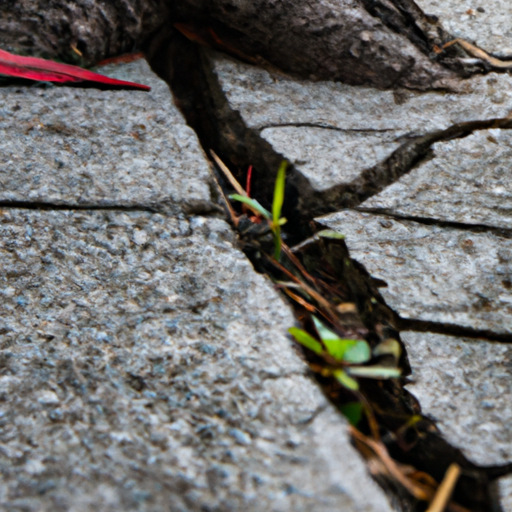Are Liquidambar Roots Invasive? Unveiling the Truth Behind Their Growth
Liquidambar, commonly known as sweetgum, is a beautiful deciduous tree that is native to North America. With its vibrant fall foliage and attractive form, it is a popular choice for landscaping. However, one concern that often arises when planting Liquidambar is the potential invasiveness of its roots. In this article, we will delve into the truth behind the growth of Liquidambar roots and whether they can be considered invasive.
Understanding Liquidambar Roots
Liquidambar trees have a fibrous root system, which means that their roots spread out horizontally rather than growing deep into the ground. This type of root system is generally less invasive compared to trees with taproots or aggressive, spreading roots. However, it is important to note that the extent of root growth can vary depending on various factors, including soil conditions, available space, and the age of the tree.
Root Growth and Space Requirements
Liquidambar trees require ample space for their root systems to grow and develop properly. When planted in confined spaces or near structures, such as buildings or sidewalks, the roots may encounter obstacles that can lead to potential issues. In such cases, the roots may grow in search of water and nutrients, potentially causing damage to nearby structures or disrupting underground utilities.
Preventing Invasive Root Growth
To prevent potential problems associated with invasive root growth, it is crucial to consider the following guidelines when planting Liquidambar trees:
1. Site Selection: Choose a planting location that provides enough space for the tree’s root system to spread without encountering obstacles. Avoid planting near structures or underground utilities.
2. Root Barrier Installation: Installing a root barrier around the tree can help redirect the root growth away from sensitive areas. This physical barrier should be installed at least 3 feet deep to effectively guide the roots downward.
3. Regular Maintenance: Regularly monitor the tree’s growth and perform routine maintenance, such as pruning and root pruning, to control the size and spread of the root system.
Conclusion
While Liquidambar trees have the potential for invasive root growth, they are generally considered less invasive compared to other tree species. By carefully considering site selection, installing root barriers, and practicing regular maintenance, the potential issues associated with invasive root growth can be minimized. Ultimately, with proper care and attention, Liquidambar trees can be a beautiful addition to any landscape without causing significant root-related problems.




